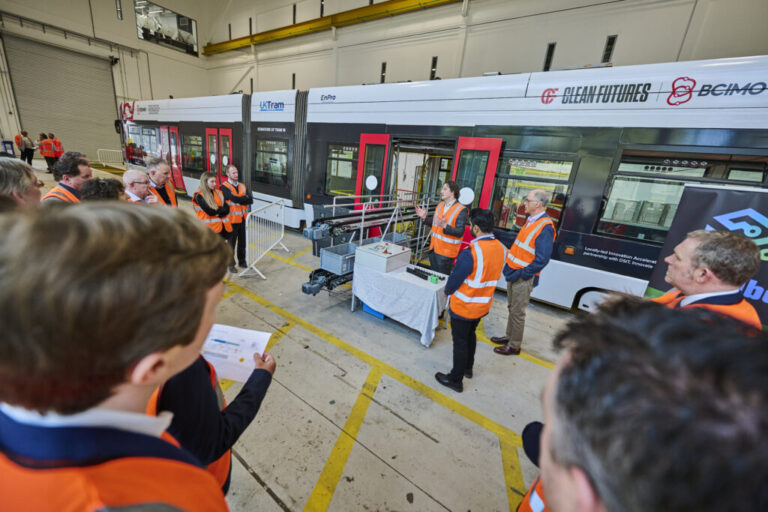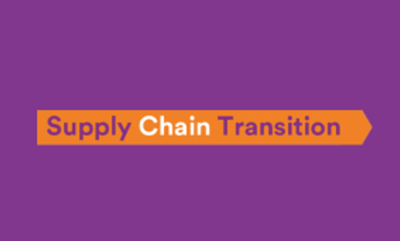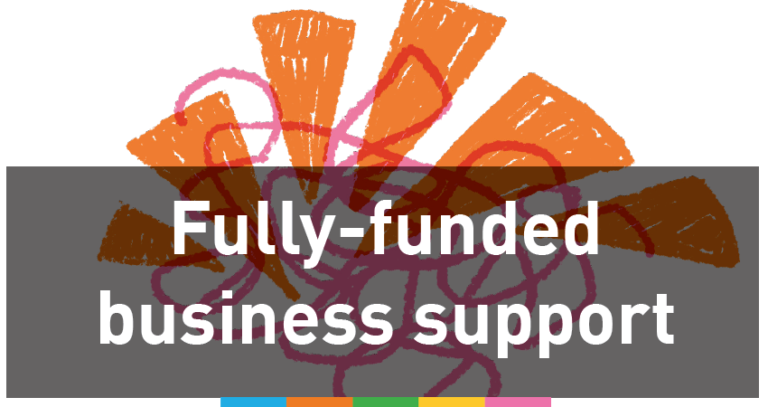Necessity has always been the mother of invention. The global shock of the COVID-19 pandemic has foisted upon us not only emergencies, but prolonged and, in many cases, deep shifts in the way in which we must now live and work.
For industry, ‘innovation’ has taken on a pressing tone. What was seen, pre-COVID, as a watchword for competitiveness, unique selling points, intellectual property (IP) commercialisation and becoming ‘best in class’, has fast become a ticket to survival. However, for the agile, survival is often giving way to success.
For the four leading regional businesses on the panel of Venturefest 2021’s discussion of COVID- Driven Innovation, the pandemic has provided a boost in new thinking, rapid action and, importantly, reflection upon company direction. Quite unexpectedly, these unpredictable times have helped to shore up long-term strategising, planning and actions and increased focus on people, product diversification and technology.
COVID-19 has made us focus increasingly on those around us. The pandemic is a human crisis and requires a human and humane response. It is perhaps unsurprising that we are placing people at the heart of solutions more than ever before.
For Perninder Dhadwar and his team at Imobisoft, understanding the individual’s emotional responses to design options and creating more bespoke products for clients to accommodate limited resources have become keys to success. A mobility- restricted world, might have signified a stark business downturn for travel assistance technologists You. Smart. Thing. However, as CEO Chris Thompson noted, swift thinking and empathy with customer concerns about public transport ‘COVID safety’ fostered the development of a successful ticket rationing collaboration with Transport for Wales. This is helping their client and its customers to access safe and socially distanced travel options, much to the relief of all parties.
For Managing Director, Peter Hughes, a surprise call from a business associate from the 1990s found Kenton Instore Ltd a niche in the PPE market. The printing company is now supplying to the NHS and retail customers, to address the national emergency. From cutting displays, moving to cutting and assembling visors meant more than just a new market. Choices over investment in new machinery prompted increased long-term business planning. Adjusting to the associated technology meant slower production runs, but the upsides manifested in reduced costs and, thus to Peter’s particular delight, the chance to retain staff, proving that innovating in the heart of a crisis does not mean automatically increased costs and redundancies.
For panel chair, Charles De Rohan, CEO of The Binding Site diagnostic products and services have been buoyed by the ability of teams to work remotely across their global locations. Augmented reality innovations, in particular, enable the company to maintain the highest levels of success in training staff and clients on diagnostic kit usage. Wider digital connectivity has helped to boost connectivity with customers and grow the business via remote hiring. Agreeing with Perninder, Charles noted the positive power of digital technology in bringing people together. Both exemplify the importance of a fundamental shift in mindset typical of innovators to see, as the saying goes, the glass as being half-full rather than half-empty.
A phrase that has stuck in my head from a conversation very many years ago with David Hardman, now MD of Bruntwood SciTech is: ‘Innovation is a contact sport.’ Although we may all be socially distanced it is absolutely essential that we see our innovators and businesses as highly connected to us as people and as organisations and networks. Innovation helps us as individuals and institutions and we must help innovators. The Q and A session prompted conversations about enabling them through developing more streamline and helpful procurement and commissioning systems, supporting the long-term market prospects arising from increased health, safety and risks management needs and engaging the help of regional and local government programmes, including local Growth Hubs. This all points to a deep interconnectedness at the heart of true innovation- addressing challenges as a team and providing solutions that meet the real needs of people.
So, to summarise:
- Innovating, surviving and thriving in a time of global crises can be done
- Engage regularly and meaningfully with clients and end- users to get them involved in the solutions creation process
- Use the crisis as an opportunity to regroup and reflect upon business strategy in the longer- term
- Assets and benefits are not just monetary and material, good staff are invaluable
- Embrace the existing and new technology within your means to connect to people as individuals and in their working roles
- True innovation never happens in isolation but in an ecosystem
- Help is at hand
Watch the discussion here:
(Author: Susannah Goh, Innovation Alliance for the West Midlands)





